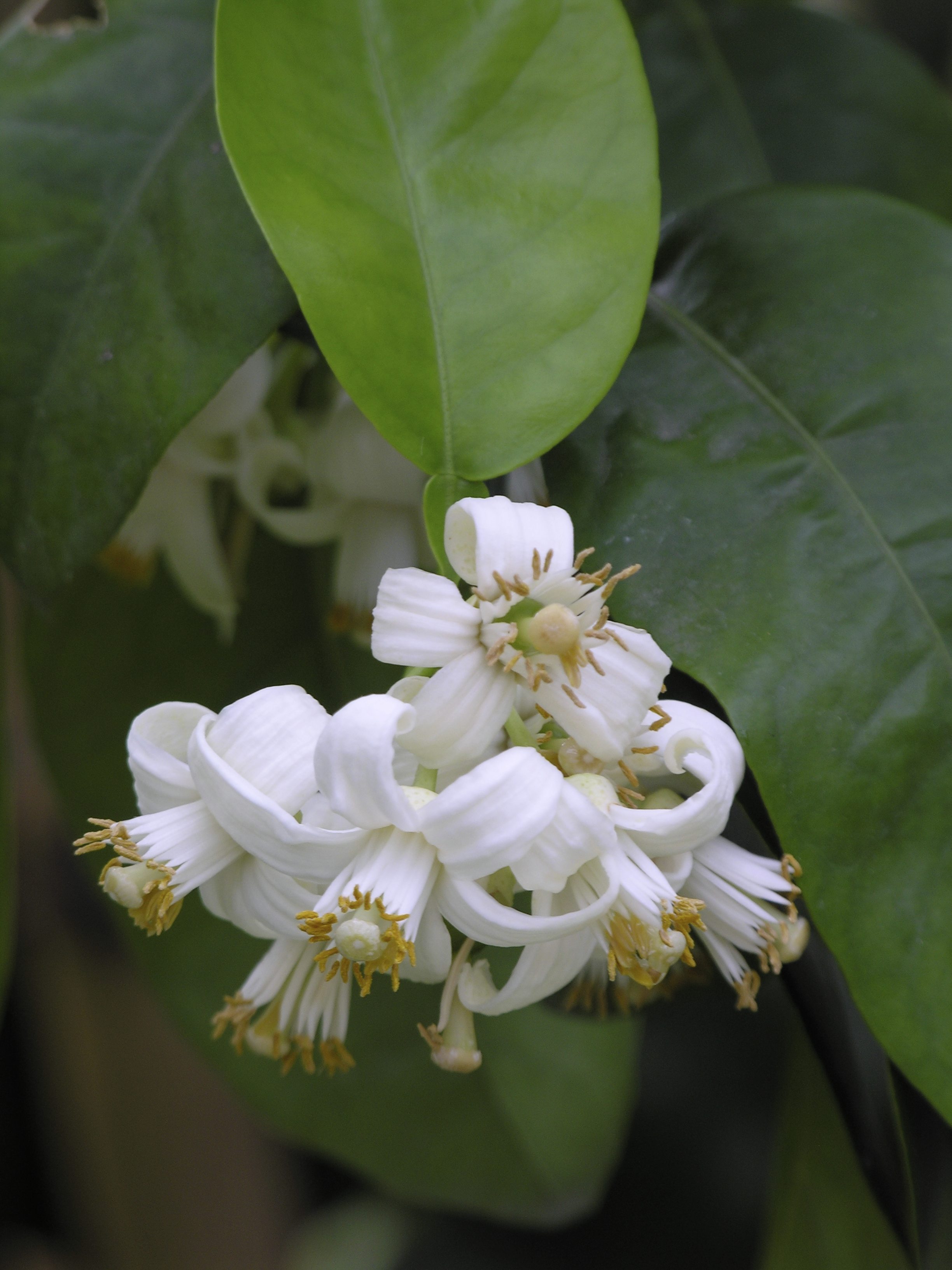Hand Pollinating Grapefruit Trees: How To Hand Pollinate A Grapefruit Tree

Grapefruit is a cross between the pomelo (Citrus grandis) and the sweet orange (Citrus sinensis) and is hardy to USDA growing zones 9-10. If you're lucky enough to live in those regions and have your own grapefruit tree, you may be wondering about grapefruit tree pollination. Is pollinating grapefruit trees manually possible and, if so, how to hand pollinate a grapefruit tree?
How to Hand Pollinate a Grapefruit Tree
First and foremost when thinking about grapefruit tree pollination, grapefruits are self-pollinating. That said, some people enjoy pollinating grapefruit trees manually. Generally, hand pollinating grapefruit trees is done because the tree is grown indoors or in a greenhouse where there is a lack of natural pollinators. In a natural outdoor setting, the grapefruit depends on bees and other insects to pass the pollen from bloom to bloom. In some areas a lack of bees due to pesticide use or colony collapse may also mean hand pollinating grapefruit trees is necessary. So, how to hand pollinate a grapefruit citrus tree? You should first understand the mechanics or, rather, biology of the citrus blossom. The basics are that the pollen grains need to be transferred to the sticky, yellow stigma which is located at the top of the column in the center of the flower and is surrounded by the anthers. The male part of the flower is made up of all those anthers combined with a long, slim strand called the stamen. Within the pollen grain lies the sperm. The female part of the flower is made up of the stigma, the style (pollen tube), and the ovary where the eggs are located. The entire female portion is called the pistil. Using a small, delicate paint brush or a song bird feather (a cotton swab will also work), carefully transfer the pollen from the anthers to the stigma. The stigma is sticky, allowing the pollen to adhere to it. You should see pollen on the brush when you are transferring it. Citrus trees like humidity, so adding a vaporizer may increase pollination rates. And that’s how to hand pollinate citrus trees!
Sign up for the Gardening Know How newsletter today and receive a free copy of our e-book "How to Grow Delicious Tomatoes".

Amy Grant has been gardening for 30 years and writing for 15. A professional chef and caterer, Amy's area of expertise is culinary gardening.
